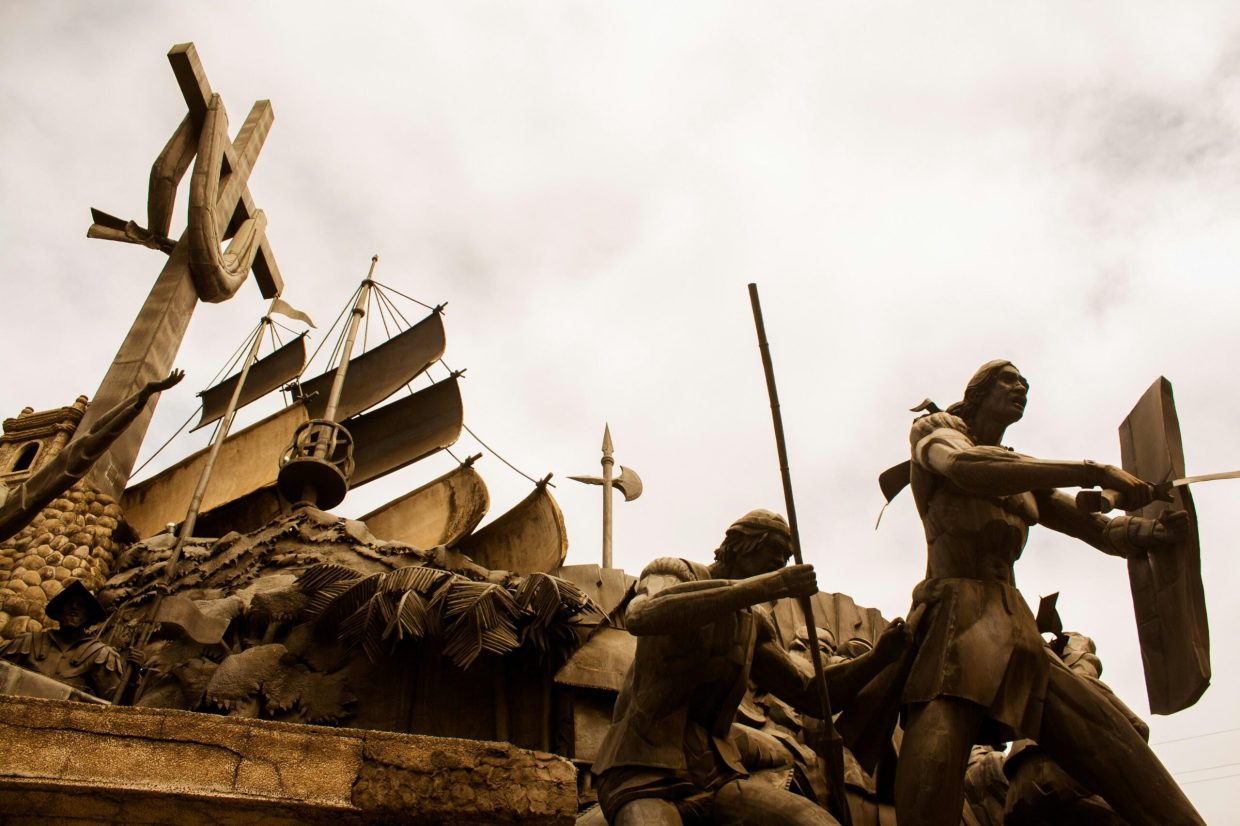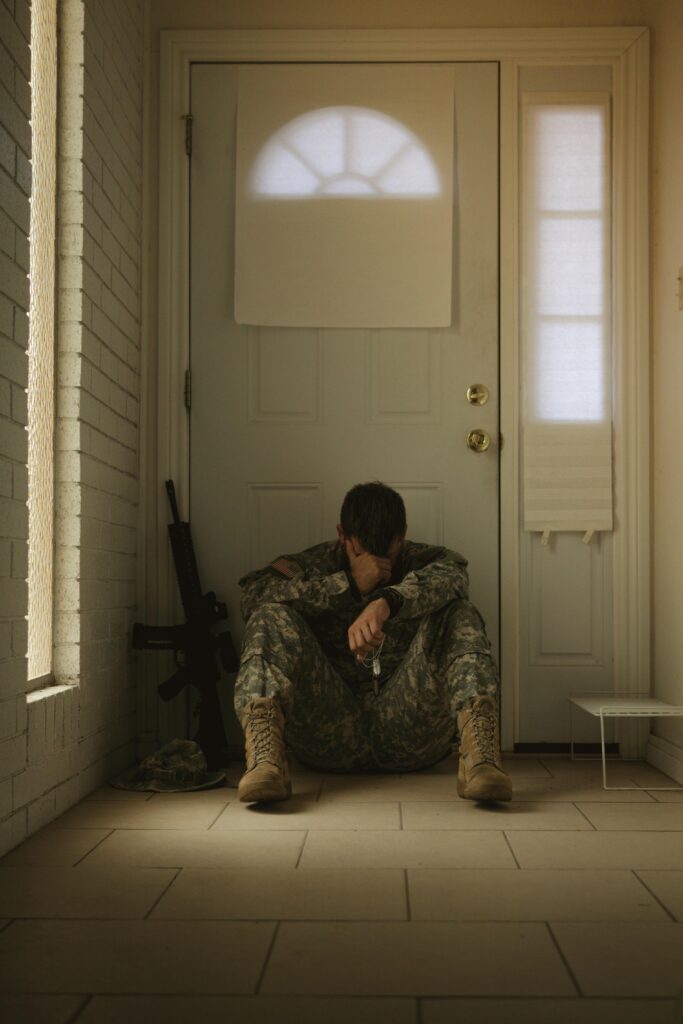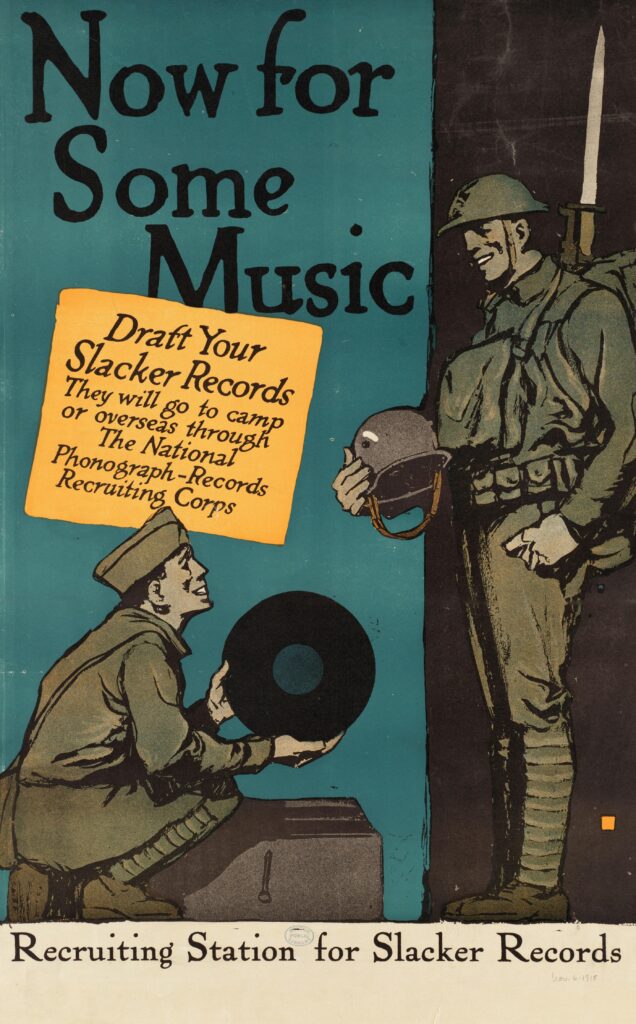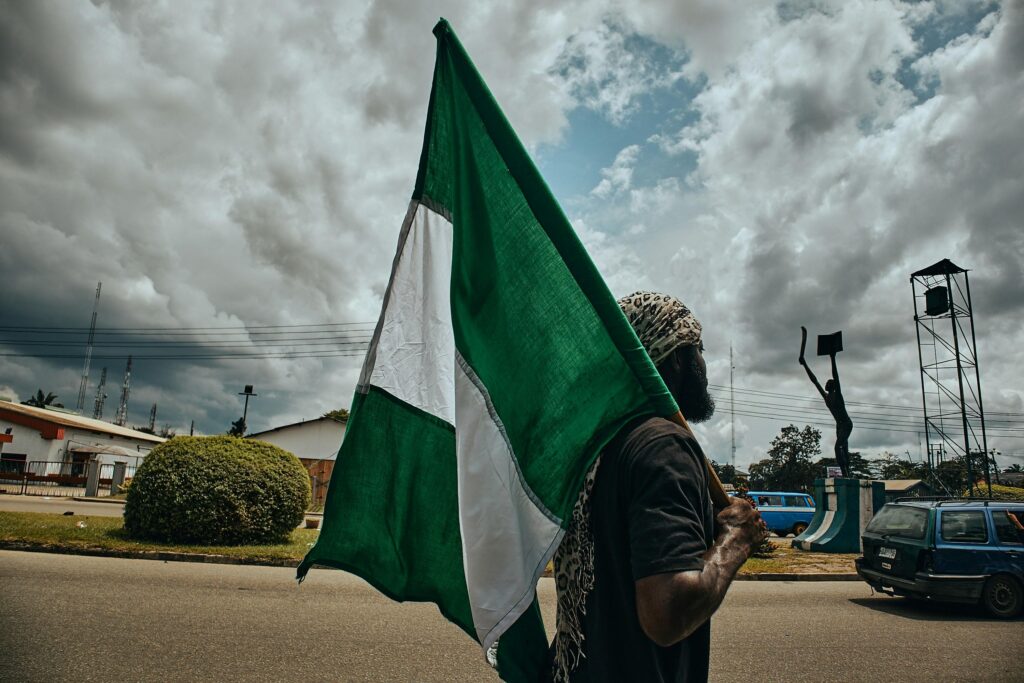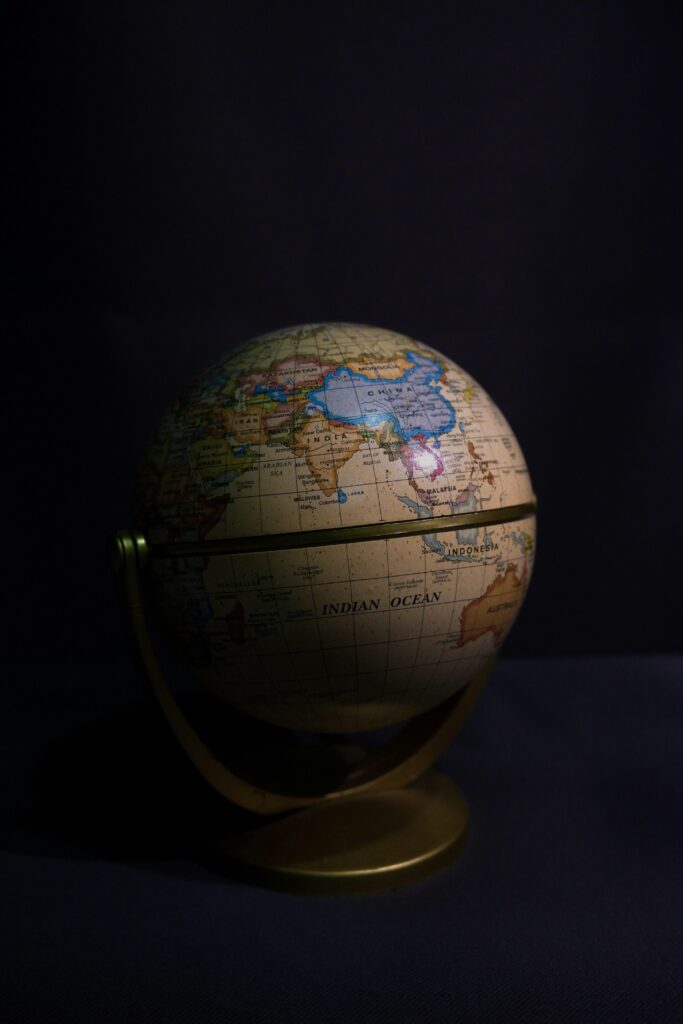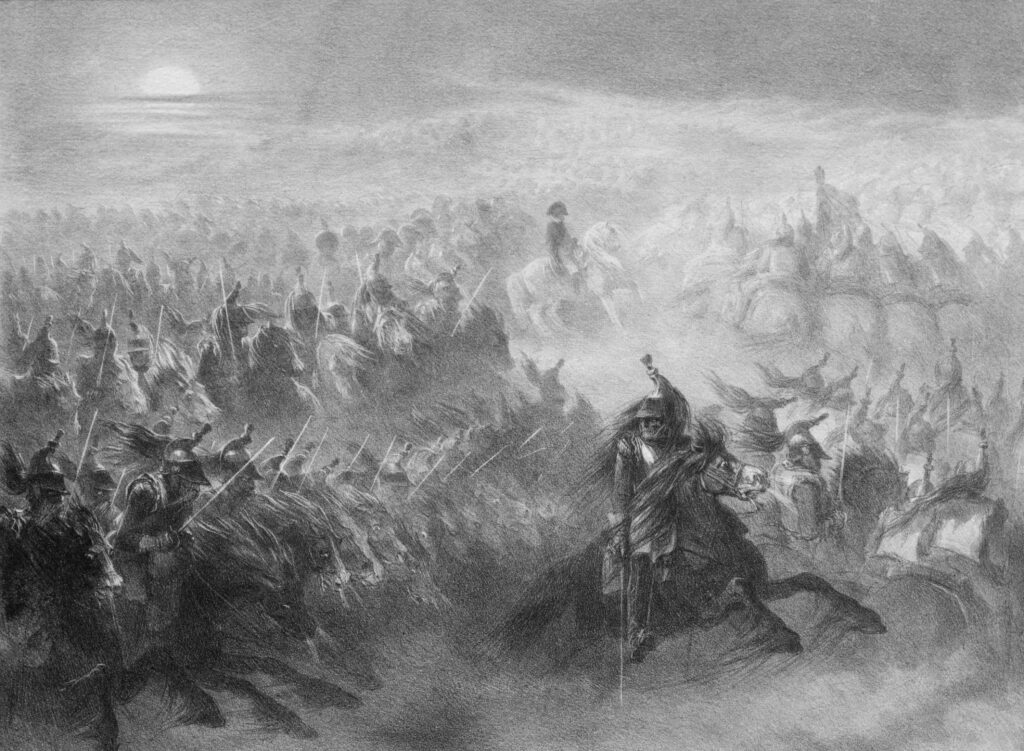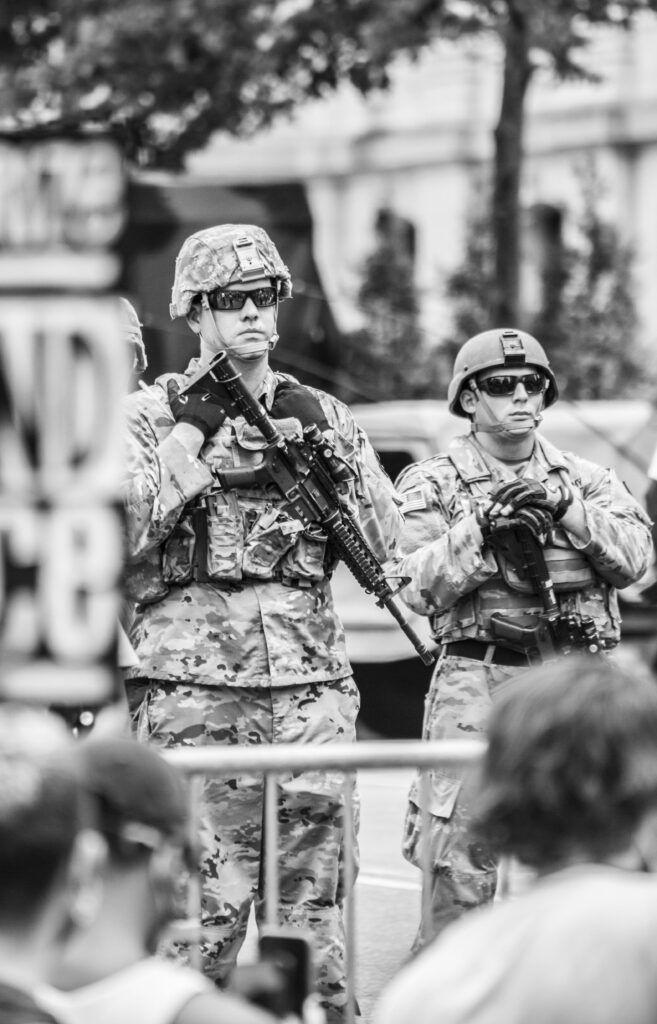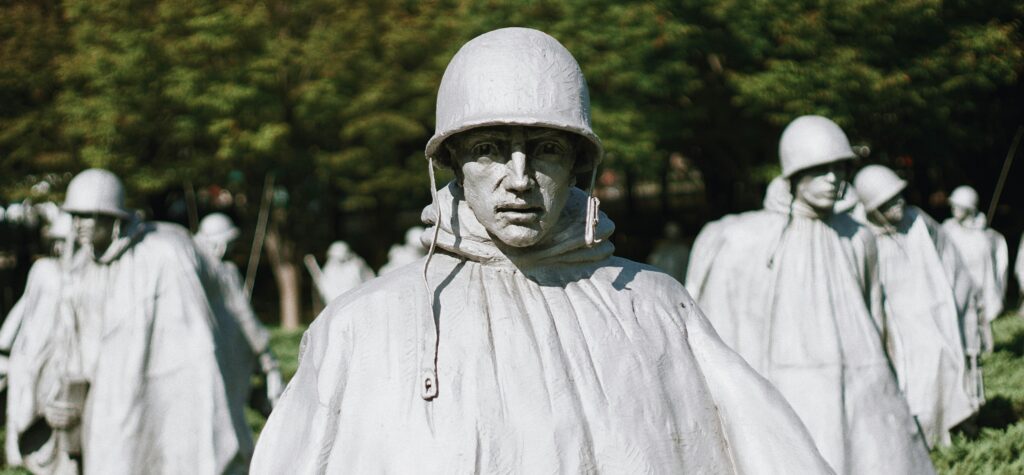The Crusades stand as one of the most fascinating and complex chapters in medieval history, where faith, valor, and conflict intertwined to shape the course of nations and cultures. Spanning nearly two centuries, these holy wars were driven by spiritual fervor and political ambition alike, leaving a legacy that resonates even today. In this article, we will journey back to an era of knights and kingdoms, exploring the motivations that sparked the Crusades, the battles and alliances forged in their wake, and the profound, lasting impact they had on both the Western and Islamic worlds. Join us as we unravel the stories behind the sword and the cross, and discover how this pivotal period continues to influence our modern understanding of faith and conflict.
Table of Contents
- Origins of the Crusades and the Power of Religious Zeal
- Battles and Strategies That Shaped the Holy Wars
- The Cultural Exchanges and Consequences Beyond the Battlefield
- Reflecting on the Crusades Today Lessons for Modern Interfaith Understanding
- In Retrospect
Origins of the Crusades and the Power of Religious Zeal
The inception of the Crusades was deeply entwined with a medieval Europe driven by spiritual fervor and political ambitions. The call to arms was famously ignited by Pope Urban II’s speech at the Council of Clermont in 1095, where he urged Western Christians to reclaim Jerusalem and the Holy Land from Muslim rule. This appeal resonated strongly across diverse social strata, from knights eager for glory and land to peasants motivated by religious conviction. The promise of indulgences — remission of sins — lent a profound spiritual urgency to the cause, encouraging thousands to take up the cross in what they believed was a sacred duty divinely ordained.
Religious zeal acted as a potent catalyst for mobilization, but it also fostered a complex web of motivations and consequences. Participants often regarded the Crusades as a way to demonstrate unwavering faith and achieve eternal salvation. However, this unwavering zeal also fueled intolerance and violence, laying the groundwork for centuries of conflict between Christianity and Islam. The fervent belief in a righteous mission justified not just military conquest but also brutal acts against non-combatants and rival sects, illustrating how faith can both inspire noble ideals and unleash profound turmoil.
- Religious Indulgences: Forgiveness of sins granted by the Church to crusaders
- Pope Urban II’s Call: The pivotal moment sparking the First Crusade
- Social Unity: A rare moment of collective action across medieval Europe’s fragmented societies
- Zeal and Discord: The dual-edged nature of religious passion in sparking both unity and violence
Battles and Strategies That Shaped the Holy Wars
The Crusades were defined not only by their fervent religious zeal but by the intense military tactics and pivotal battles that unfolded across continents. From the legendary Siege of Jerusalem in 1099 to the strategic maneuvers at the Battle of Hattin in 1187, commanders on both sides employed a rich tapestry of strategies that reshaped medieval warfare. Crusader leaders often relied on fortified castles and supply lines to maintain their footholds in hostile territories, while Muslim forces excelled in the use of mobile cavalry and guerrilla tactics to disrupt and reclaim lost ground.
Key elements contributing to the success or failure in these conflicts included:
- Terrain mastery: Control of mountain passes, river crossings, and desert routes was essential for movement and defense.
- Alliances and diplomacy: Alliances with local powers could tip the scales, as seen with Byzantine participation and shifting tribal loyalties.
- Religious motivation: Moral conviction often fueled endurance in sieges and battles, sometimes outweighing numerical disadvantage.
- Logistical support: The ability to provision troops over vast distances was a persistent challenge for Crusader armies.
The Cultural Exchanges and Consequences Beyond the Battlefield
Beyond the immediate clashes and sieges, the Crusades served as a critical conduit for the exchange of knowledge, goods, and ideas between the East and West. European crusaders encountered sophisticated Islamic culture, marked by advancements in science, medicine, philosophy, and art. This contact sparked a renewed curiosity in classical knowledge, much of which had been preserved and enhanced by Muslim scholars. Texts on mathematics, astronomy, and medicine found their way back to Europe, significantly influencing the Renaissance and shaping Western intellectual horizons in profound ways.
The ripple effects of these intercultural dialogues extended into everyday life through trade and craftsmanship. European demand grew for exotic spices, textiles, and new technologies such as the compass and advanced fortification techniques. Cities like Venice and Genoa flourished as commercial hubs, benefiting greatly from these expanded networks. Moreover, the Crusades inadvertently fostered a lasting legacy of both admiration and tension between cultures, a duality that colors historical perspectives even to this day.
- Transmission of classical and Arabic knowledge into Europe catalyzed educational reforms.
- Expanded trade routes enhanced economic growth in Mediterranean port cities.
- Architectural techniques influenced castle designs and fortifications back in Europe.
- Cross-cultural artistic influences appeared in everything from textiles to manuscript illumination.
Reflecting on the Crusades Today Lessons for Modern Interfaith Understanding
Looking back on the Crusades with modern eyes invites us to confront the complexities of faith and conflict that have shaped our shared history. These centuries-old clashes were not simply battles over land or politics; they were deeply rooted in the intense religious convictions of the time. Yet, over the centuries, the legacy of these struggles has evolved into a powerful reminder of how misunderstanding and intolerance can ignite protracted conflicts. In today’s world, acknowledging the nuances of historical narratives encourages empathy and helps dismantle stereotypes that persist between religious communities. Understanding the multifaceted motivations behind the Crusades allows us to appreciate the humanity on all sides, facilitating more compassionate dialogues across faiths.
Modern interfaith appreciation benefits from lessons gleaned through retrospection on this turbulent period. Key takeaways include:
- The importance of dialogue: Continuous, respectful communication can prevent misconceptions from escalating into conflict.
- Valuing diversity: Recognizing religious and cultural plurality as strengths rather than threats fosters peaceful coexistence.
- Historical context matters: Examining events beyond black-and-white narratives uncovers shared experiences and mutual respect.
By applying these reflections, communities today can strive toward a world where faith enriches rather than divides, transforming historical wounds into bridges for understanding and cooperation.
In Retrospect
As we close this chapter on the Crusades, it becomes clear that these centuries-old conflicts were far more than mere battles for territory. They were complex interweavings of faith, ambition, and cultural exchange that shaped the medieval world in profound ways. The legacy of the Crusades still resonates today, reminding us how deeply history is entwined with the human spirit—its hopes, fears, and enduring quest for meaning. By understanding this pivotal period, we not only glimpse the past but also gain insight into the forces that continue to influence our world. May this exploration inspire a thoughtful appreciation of history’s enduring echoes across time.


